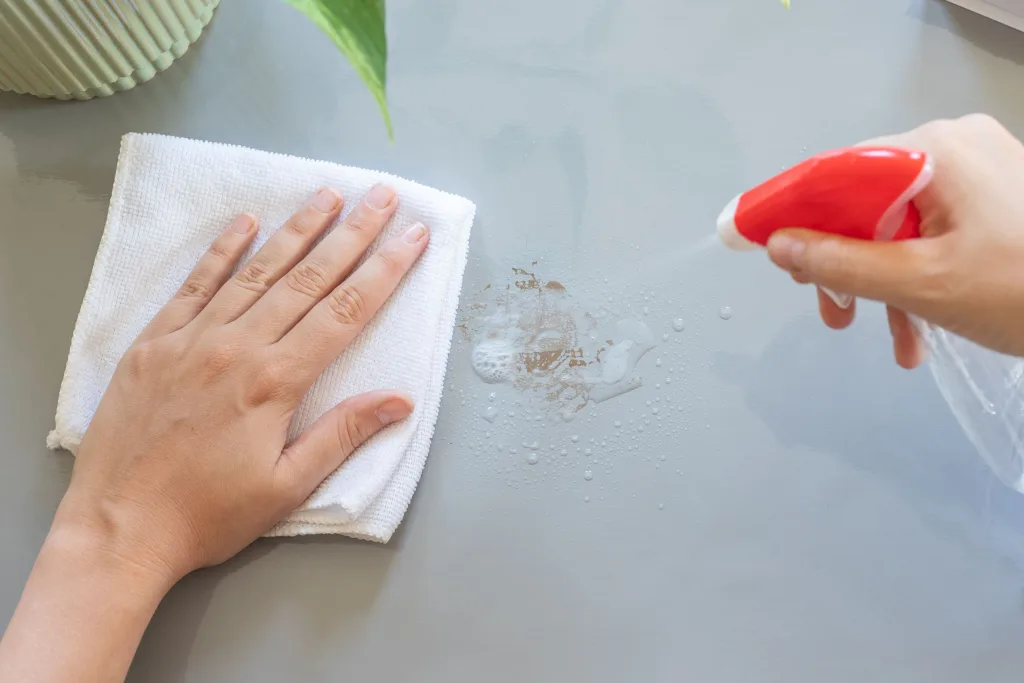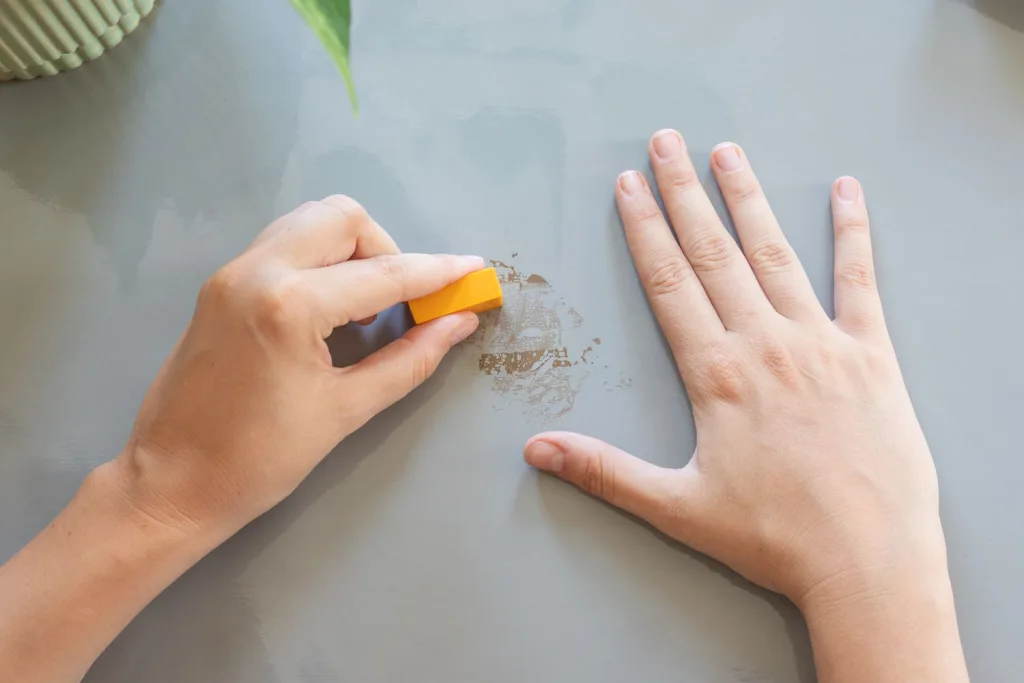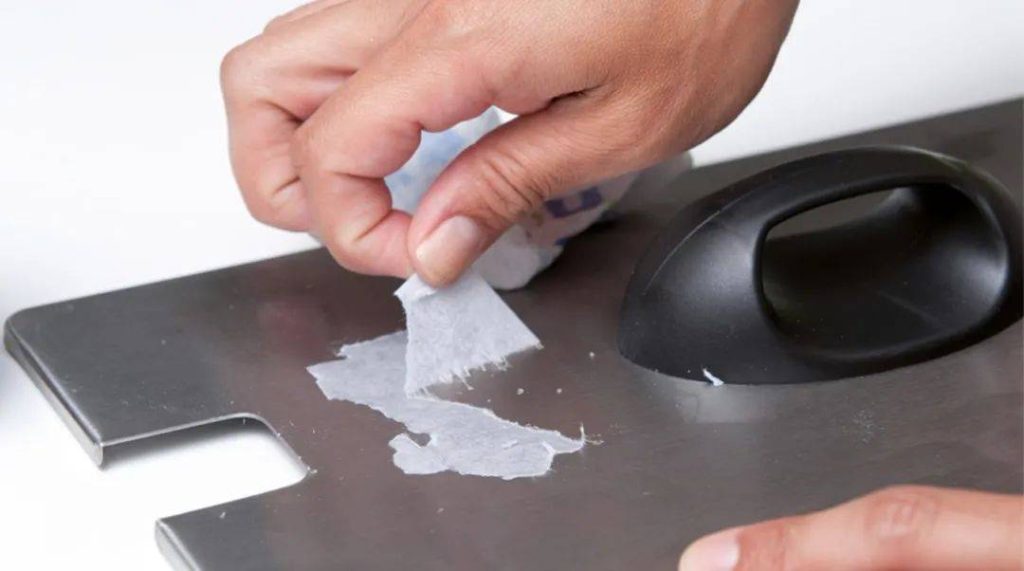Did you know that the wrong method for removing tape residue from metal can sometimes cause more damage than the tape itself? It’s a common frustration: that stubborn adhesive residue left behind after the tape is gone. But fear not—whether it’s from duct tape, masking tape, or specialty adhesive tape, this guide will help you tackle the mess with ease and precision. By the end, you’ll have a spotless metal surface and newfound expertise in handling adhesive residue.
Identify the Kind of Adhesive Tape
Knowing the type of adhesive used in a tape is crucial because different adhesives respond differently to removal techniques. Using the wrong method can either fail to remove the residue or, worse, damage the metal surface. Adhesives like rubber, acrylic, and silicone each have distinct chemical properties, which means a universal removal approach is often ineffective. Identifying the adhesive ensures that you choose the correct tools and solvents for efficient and damage-free residue removal.
Common Tapes with Rubber Adhesive
Rubber adhesives are pressure-sensitive, meaning they stick when pressed onto a surface. It offers excellent initial tack, superior adhesion to various surfaces, and flexibility under different temperatures, provides strong bonding on rough or uneven surfaces. This type of adhesive is commonly used in:
Duct tape
Electrical tape
Packaging tape
Common Tapes with Acrylic Adhesive
Acrylic adhesives, another type of pressure-sensitive adhesive, are durable and resistant to heat and UV exposure. It withstands temperature fluctuations, offers long-term adhesion. They are found in:
Double-sided tape
Mounting tape
Industrial adhesive tape
Common Tapes with Silicone Adhesive
Silicone adhesive offers excellent heat resistance, flexibility, and durability, maintaining strong adhesion across extreme temperatures. It resists moisture, chemicals, and UV exposure. They are typically used in:
High-performance masking tape
Thermal tapes
Medical-grade tapes
How to Remove Tape Residue When You Can’t Identify the Adhesive
Sometimes, the type of adhesive isn’t obvious, but that doesn’t mean the residue is impossible to clean. Here’s how you can tackle it step by step:
Tools to Prepare
Isopropyl alcohol (70% or higher)
Soft cloth or sponge
Plastic scraper or old credit card
Mild soap and water
Hair dryer or heat gun
Mineral spirits

Steps to Remove
Clean the surface: Wash the metal with mild soap and water to remove dust and dirt.
Apply heat: Use a hair dryer to soften the adhesive residue. Move it in circular motions for about 30 seconds.
Loosen the residue: Gently scrape the softened adhesive with a plastic scraper.
Use a solvent: Apply isopropyl alcohol or mineral spirits on a cloth and rub the residue.
Final wash: Clean the area with soap and water again to remove any remaining solvent.
How to Remove Acrylic Adhesive Tape Residue on Metal
Acrylic adhesives are tough, but with the right method, you can remove them without damaging the surface.
Tools to Prepare
Acetone or nail polish remover
Microfiber cloth
Plastic scraper
Steps to Remove
Test the solvent: Apply a small amount of acetone to an inconspicuous area to ensure it won’t damage the metal.
Soften the adhesive: Dampen a microfiber cloth with acetone and press it against the residue for one minute.
Scrape gently: Use a plastic scraper to lift the residue.
Clean the surface: Wipe with a damp cloth to remove leftover adhesive and solvent.
To learn how to remove adhesive tape from other surfaces, please read this article.
How to Remove Silicone Adhesive Residue from Metal
Silicone adhesive is resilient, but it can still be removed with care.
Tools to Prepare
Silicone remover or rubbing alcohol
Nylon scrub pad
Razor blade (use cautiously)
Steps to Remove
Apply a silicone remover: Spread the remover over the residue and let it sit for 10 minutes.
Scrub gently: Use a nylon scrub pad to break down the residue.
Scrape carefully: For stubborn spots, gently use a razor blade at a low angle to avoid scratching.
Rinse thoroughly: Clean the surface with water to remove any traces of the remover.

Related article: Introducing various adhesive.
How to Remove Rubber Adhesive Residue from Metal
Rubber adhesives are easier to remove, but they can still leave a sticky mess behind.
Tools to Prepare
Goo Gone or vegetable oil
Cotton pads
Soft sponge
Steps to Remove
Apply Goo Gone or oil: Soak a cotton pad with the solution and press it onto the residue for two minutes.
Wipe away: Use a soft sponge to rub off the loosened adhesive.
Wash and dry: Rinse the surface with soap and water to finish the process.
Conclusion
Adhesive tape residue doesn’t have to be a nightmare to remove. Whether it’s rubber, acrylic, or silicone adhesive, understanding the material and applying the right techniques can save you time and effort. Fonitaniy Adhesive Company, with over 15 years of experience in adhesive solutions, offers high-quality specialty tapes to meet your needs—and ensures that dealing with adhesives becomes as seamless as possible.
FAQs
What removes tape residue from metal?
Residue can be removed with solvents like isopropyl alcohol, Goo Gone, or acetone, depending on the adhesive type.
Can tape residue damage metal surfaces?
Yes, if left too long, residue can cause discoloration or attract corrosive materials.
Why does tape leave residue?
Residue forms when the adhesive layer breaks down, especially under heat, moisture, or prolonged use.
Are all adhesive tapes pressure-sensitive?
Not all are, but many, like rubber and acrylic adhesive tapes, rely on pressure for bonding.
What’s the best solvent for removing silicone adhesive?
Silicone removers or rubbing alcohol work best for silicone-based adhesive residue.




